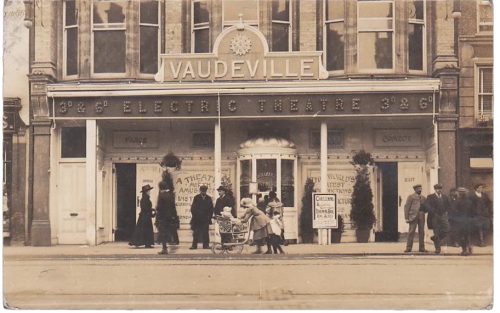W.H. White opened his first cinema in London in 1906. He then went on to convert an empty shop on Broad Street to create The Vaudeville Electric Theatre, at a cost of £1200. It was one of the town’s most successful cinemas, operating from 1909-1957 and outlasting many of its contemporaries. The Vaudeville was later taken over by the Gaumont cinema chain; which is fondly remembered in one of our oral history interviews.
The Vaudeville was initially built to accommodate 450 people; a few weeks after it opened Mr White extended the cinema into the garden, doubling the amount of seats. Three years after that he extended the cinema again, to a total of 1,100 seats. In 1919 work began on a new 1,500-seater auditorium, the shell of this new design was constructed around the old cinema and they continued showing films throughout. The old auditorium was only closed and demolished after the outside of the building was completed.
When it first opened the cinema styled itself as “Reading’s Temple of Colour and harmony”, closer to a theatre than the fairground-style attractions of West’s and the Town Hall. Up until the 1930s The Vaudeville even produced theatre-style programmes to advertise the week’s performances. These are available to view at Berkshire Records Office and Reading Museum, they really give a flavour of the excitement that “the pictures” bought to the town. For many people it was the first time they would have been able to see exotic places like Borneo and the Amazon, or watch performances by world renowned celebrities like Sarah Bernhardt. The cinema’s programme was incredibly varied: It was made up of short films and features and it changed twice a week on Mondays and Thursdays. Below is a playlist of films which were shown at the Vaudeville between 1911 and 1919:
During the silent era the Vaudeville also had an accomplished orchestra, which was Led by Lionel Falkman- a violinist at The Royal Opera House. Films were shown from 2pm until 10:15pm, meaning the musicians had to play continuously for 8 hours every day.
The Vaudeville’s time as Reading’s best quality cinema was short-lived however, because in 1911, The Grand opened on the opposite side of Broad Street. The Grand was considered very much to be the classier of the two cinemas and had much better pictures. The Vaudeville had the last laugh though, because The Grand closed in 1922. It seems that the people of Reading had less need for the refinements of the Grand and preferred The Vaudeville with all its quirks.
The Vaudeville was one of the last cinemas to get sound, and during the 30s and 40s its reputation fell even further, with local people calling it the Fleapit and the Bughutch. It experienced a brief renaissance during WWII when whole platoons of soldiers would come to the cinema together, but The Vaudeville did eventually close in 1957. The building was taken over by a chain of chemists and is now occupied by Boots.

